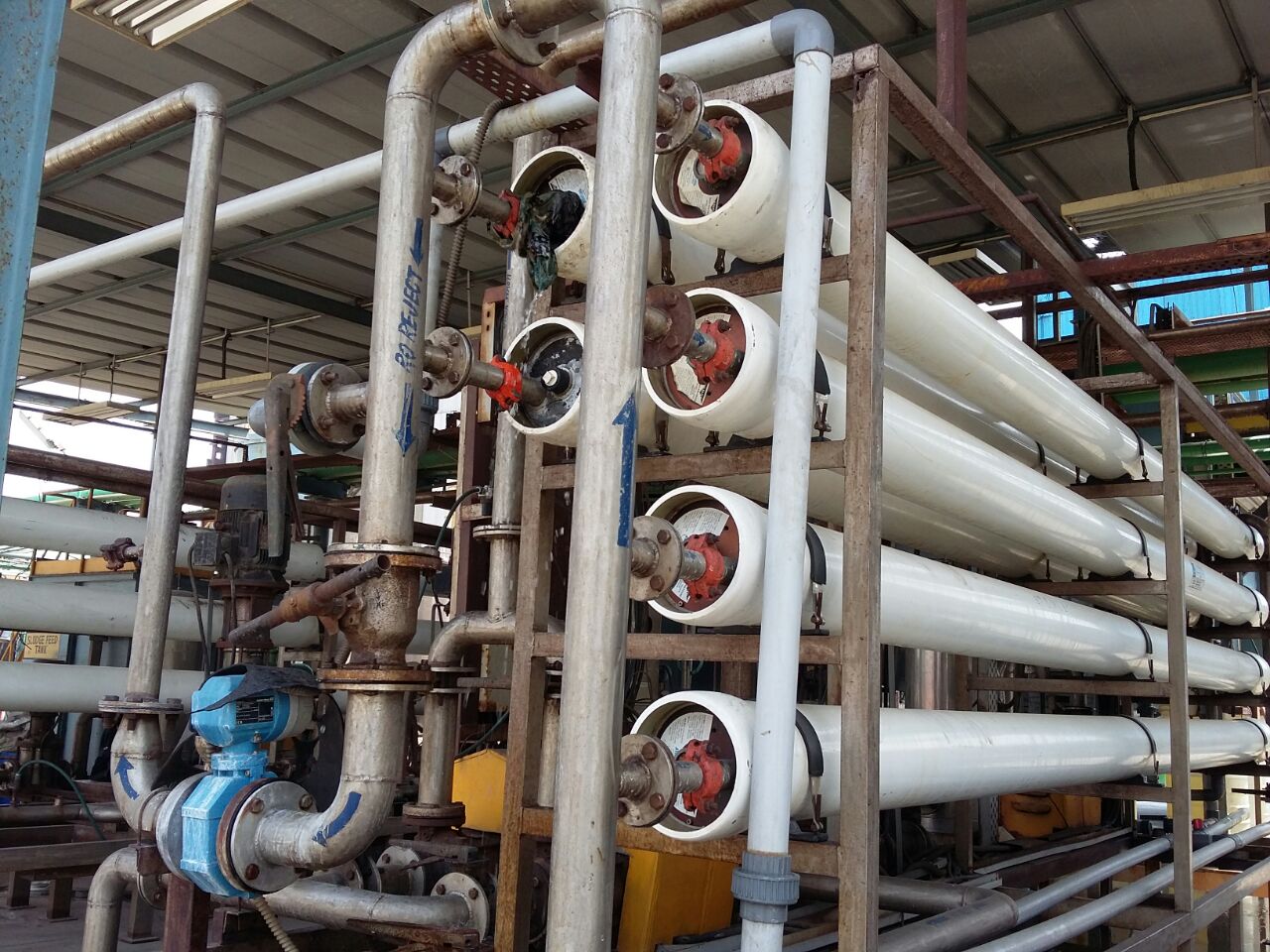
Water scarcity is
growing all over the world mostly in populated urban hilly areas where sewage
treatment plants are negligibly seen, one can remember the city of lakes in
India, has been facing water woes over the years, mainly an
outcome of the over-dependence on Nainital lake for the drinking water supply
and lack of developing an alternative source over the decades. Other factors
also influence the increasing scarcity of water like climate
change, Population growth, and demographic changes. In many developed
countries, some of these problems are successfully tackled with the Implantation
of sewage treatment plants. Sewage treatment plants effectively purify the
major impurities from the water which is collected from domestic and industrial
sources. Wastewater discharged in the primary source of water in the area is
common and freely practiced which highly contaminate the water with time and
linked to transmission of diseases such as cholera, diarrhea, dysentery,
hepatitis A, typhoid, and polio. Sewage treatment plant manufacturers in Nepal
and Water treatment plant manufacturers in Nepal are the manufactures and needy
industries which highly essential for the landlocked nation with a current
population of over 27 million people. Sewage Treatment Plant Manufactures in
Nepal and Drinking Water System Manufactures in Nepal are delivering
promisingly void access to safe and adequate drinking water. According to the
Department of Water Supply and Sewerage in Nepal, even though an estimated 80%
of the total population has access to drinking water, it is not safe.
Only 27% of people have access to basic sanitation, and people who don’t have
access rely on the water of rivers and lakes which are also being used for
bathing and washing clothes. If we talk about drinking water system
manufactures in Nepal and sewage treatment plant manufacturers in Nepal is very
limited and established on a very hefty cost. SAF Engineers are trusted and
working on water treatment facilities throughout Nepal with the utmost
construction and engineered sewage treatment plants and drinking water system
treatment.
Stages of treatment
The constructional design of Sewage Treatment Plants is simple and works
involving stages of treatment involves the sedimentation process. The water
comes from sewages has been kept and collected in huge tanks and which been
given some time outcomes in sedimentation of heavy solid impurities to the
bottom of the tank meanwhile the liquid impurities stay on the top surfaces
including grease, oil floats are removed and purified using circular clarifiers
and this process is called as clarification.
The second stage of
the sewage treatment plant is called the aeration process. The working of this
process is sludge activation where large-sized fans have been used known as
aerators. As the organic impurities need high BOD (Biological Oxygen Demand),
the aerators supply oxygen to the bacteria and which outcomes information of
sludge which is removed as the part of the secondary stage. The effectiveness
of the aeration process depends on the design and engineering of the aerator
fins.
The treated water
from the previous stage might contain chemical or physical infect ants. That
because the last stage of the sewage treatment plant
involves the disinfection of the toxic impurities which makes it safe for the
disposal of treated water. Sewage treatment plants reduce the hazardous contamination getting released in
natural bodies thus helps in controlling water pollution




Comments
Post a Comment